13 Wild Animals in Wales [Wildlife in Wales]
Want to know more about the wildlife in Wales (UK)?
Discover 13 wild animals in Wales in this post, as well as interesting facts about them. 🏴
Learn All About Welsh Animals
Ready to learn all about Welsh animals?
I’ve always been fascinated by animals, and by how they can be so different from one country to another. In this guide, we’ll focus on the many animals Wales has on the land, in the sky, and underwater.
I’ve split the guide into 4 categories:
- Native animals from Wales
- Endangered animals of Wales
- What is the national animal of Wales?
- How many animals native to Wales?
Let’s dive in right away with our first category!
Native Animals from Wales
Wales is a European country located in the northwestern part of the continent, within the United Kingdom. Most of its population is located in the southern parts of the country, in cities such as Cardiff, Newport, and Swansea, is largely mountainous with a changeable, marine climate, and is home to 560,000 Welsh speakers, although most of them also speak English. It is bordered by England, and its capital and largest city is Cardiff, which counts more than 362,000 inhabitants (but more than 1,097,000 if you include the metropolitan area).
An interesting part of the country that I wanted to tackle is its wildlife. In light of that, I have listed the best of it, and I hope you will love learning what animals live in Wales.
Here’s the Wales animals list.
1. Red deer
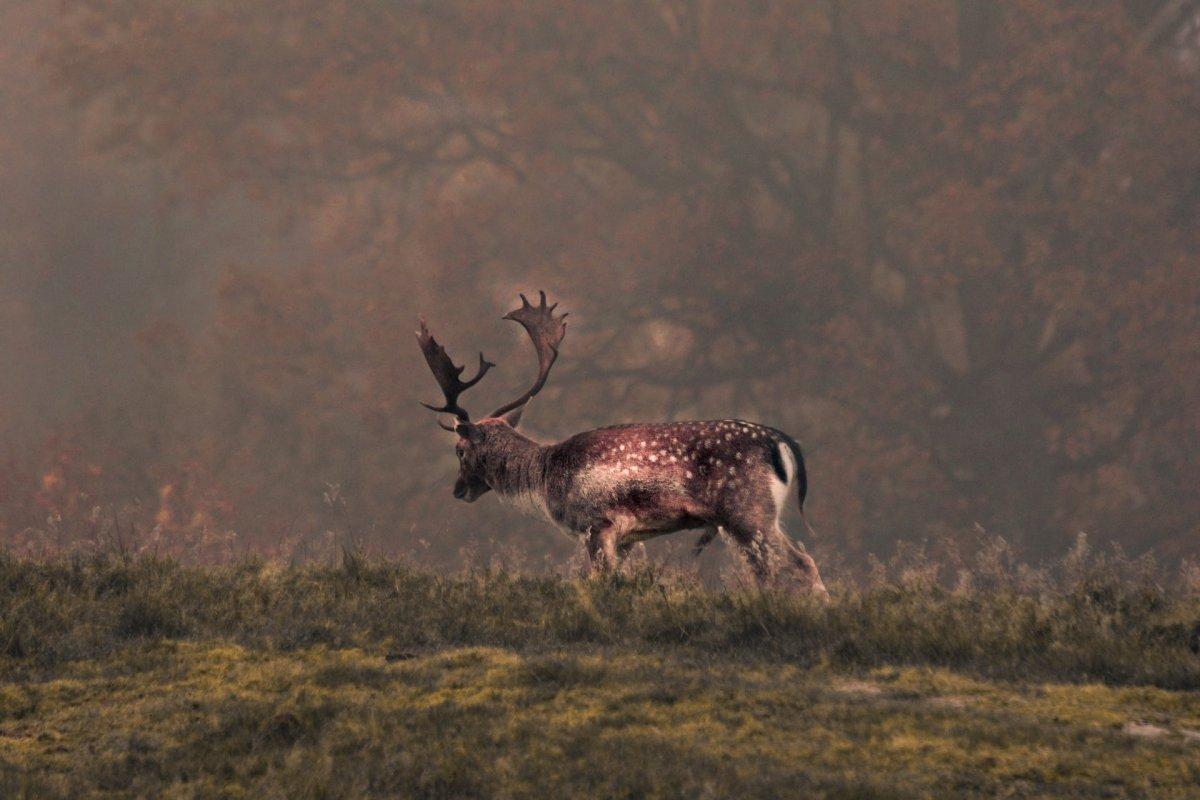
- Name: Red deer
- Scientific name: Cervus elaphus
- Conservation status:
The red deer is the largest non-marine mammal found in Wales. It is also one of the largest deer species and can be found all around Europe, and has played a prominent role in culture and traditions. Although it used to be rare in parts of Great Britain, it was never close to extinction.
This deer was introduced to lots of other areas in the world, and it is used as a food source in many of them.
2. Gwyniad
- Name: Gwyniad
- Scientific name: Coregonus pennantii
- Conservation status:
The gwyniad is a species of freshwater fish endemic to Bala Lake in Wales (locally known as Llyn Tegid). It is on the verge of extinction and has been threatened for years due to deteriorating water quality and the introduction of the ruffe in the 1980s, which eats gwyniad’s eggs and fry.
In order to save this species, it has been transferred to a nearby reservoir from 2003 to 2007, but such actions might not be sufficient.
3. Feral goat
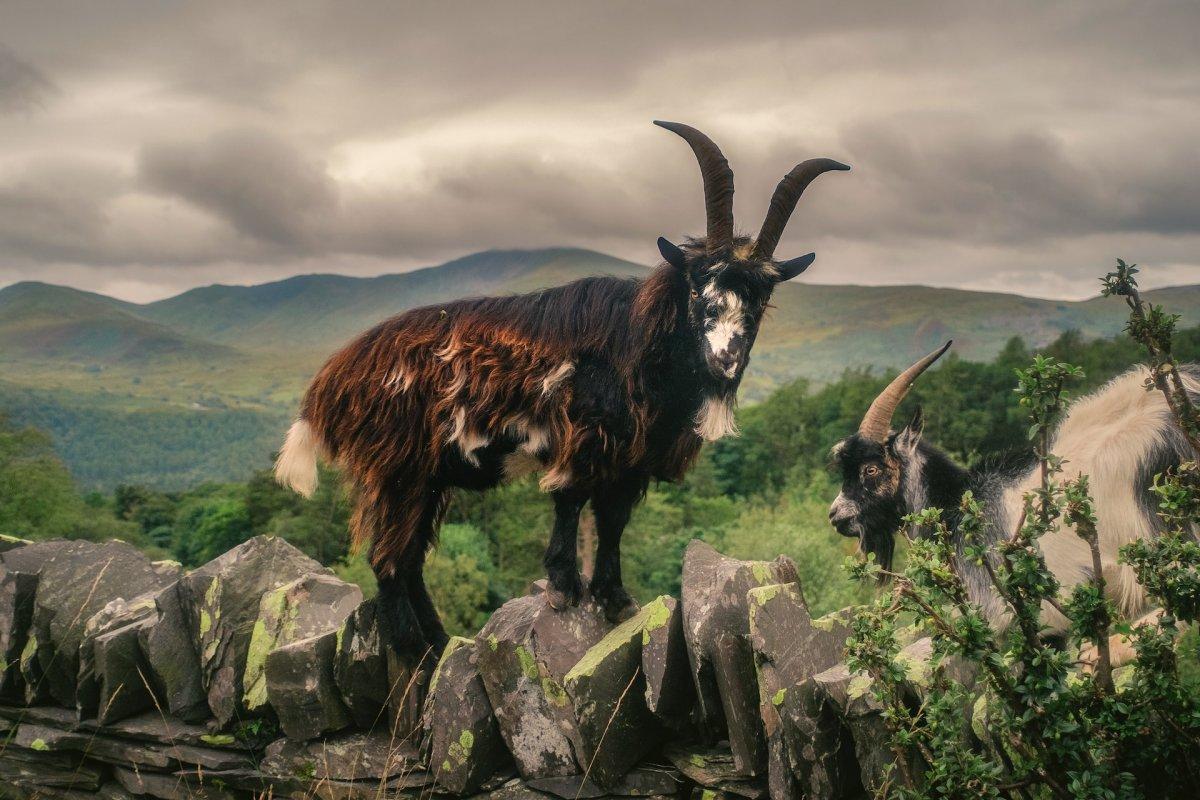
- Name: Feral goat
- Scientific name: Capra aegagrus hircus
- Conservation status:
The feral goat is a domestic goat found in the wild. It can be found in many parts of the world, and occurs in Snowdonia, Wales, and inhabits Welsh mountains.
This mammal is used for conservation grazing in several places, and it could cause problems for the native vegetation. In fact, it also affects native animal species because of its use of natural resources, which causes increased competition.
4. Red kite
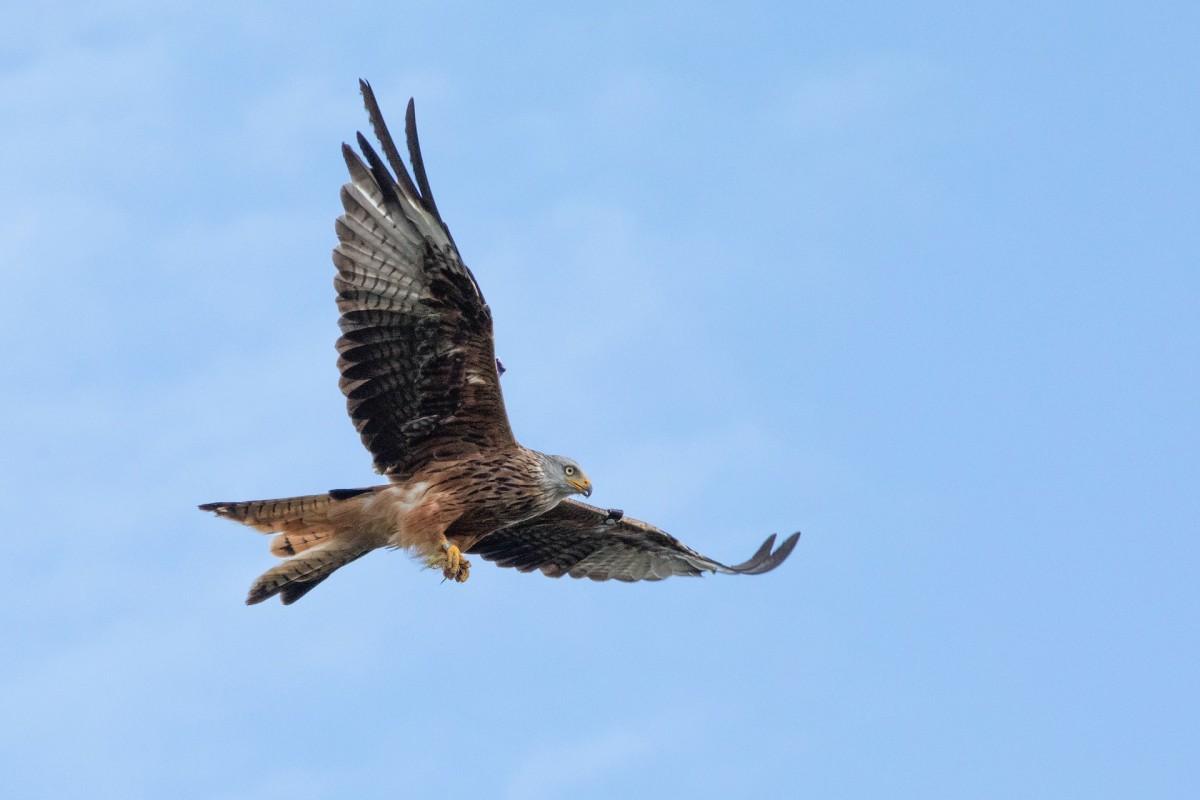
- Name: Red kite
- Scientific name: Milvus milvus
- Conservation status:
The red kite is a medium-sized species of bird of prey found in Europe and parts of northwestern Africa. It is the national bird of Wales, in which it is resident, although other populations tend to migrate yearly.
This raptor feeds on small mammals such as voles, shrews, mice, and rabbits, but also a wide variety of carrion, usually that of game birds or sheep. It lives in the woodlands and wetland edges of Wales.
5. Common European adder
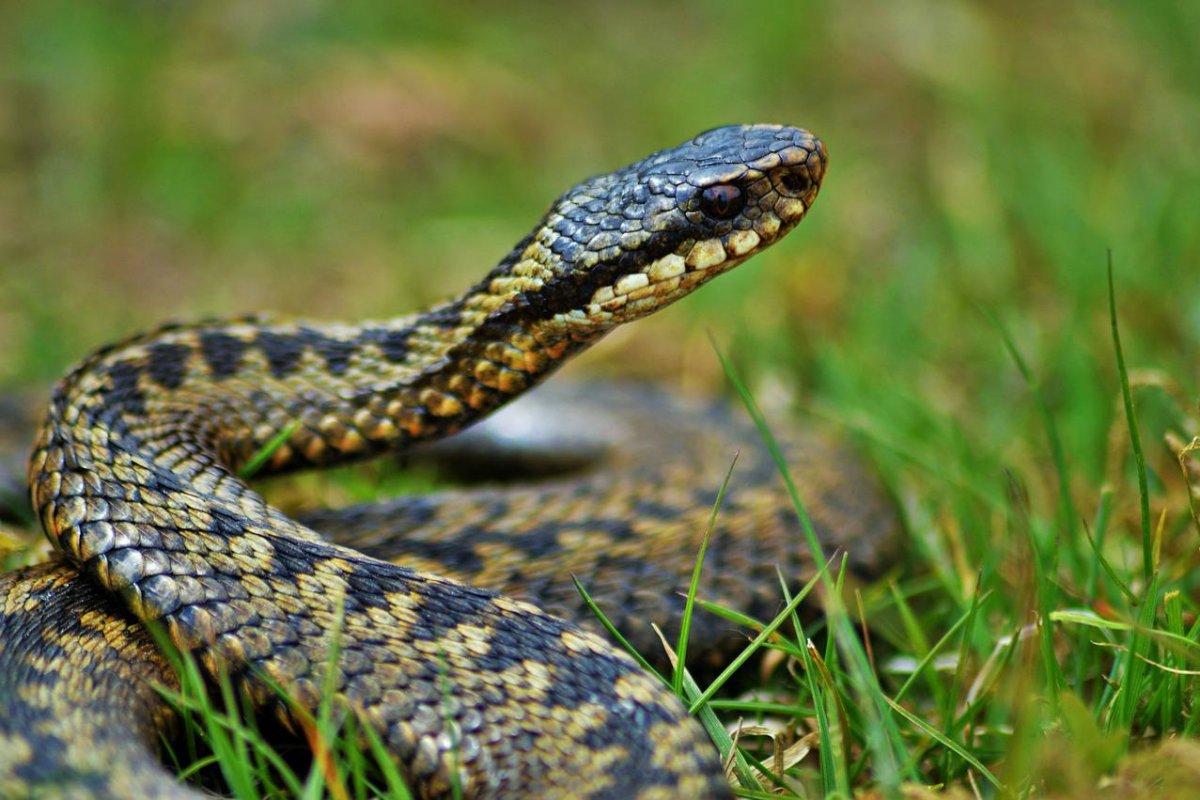
- Name: Common European adder
- Scientific name: Vipera berus
- Conservation status:
The common European adder, also known as the common European viper or the common adder, is a species of venomous snake native to most of the northern half of Europe. It can be found all around Wales, but mainly around Oxwich Bay.
Interestingly enough, it was thought to be deaf, and its oil was used to cure earache and deafness, as well as swallowing its young when threatened before regurgitating it later!
6. Harbor porpoise
- Name: Harbor porpoise
- Scientific name: Phocoena phocoena
- Conservation status:
The harbor porpoise is a species of porpoise found in the shallow, coastal waters of the North Atlantic Ocean, as well as in the Black Sea. It is particularly familiar to whale watchers due to its proximity to humans, which is also the main reason for its decline since it suffers from pollution, overfishing, hunting, and climate change.
This porpoise is overall classified as least concern, but suffers more in Europe, where it is considered vulnerable to extinction.
7. Red-billed chough
- Name: Red-billed chough
- Scientific name: Pyrrhocorax pyrrhocorax
- Conservation status:
The red-billed chough, also known as the Cornish chough or simply the chough, is a species of crow native to Europe, Central Asia, Africa, and the Middle East. It has glossy black plumage, as well as red legs and a long, curved red bill.
The biggest threat to the chough is the changes in agricultural practices, but it is not threatened as a whole; it also suffers from parasitism and predation.
8. Common dolphin
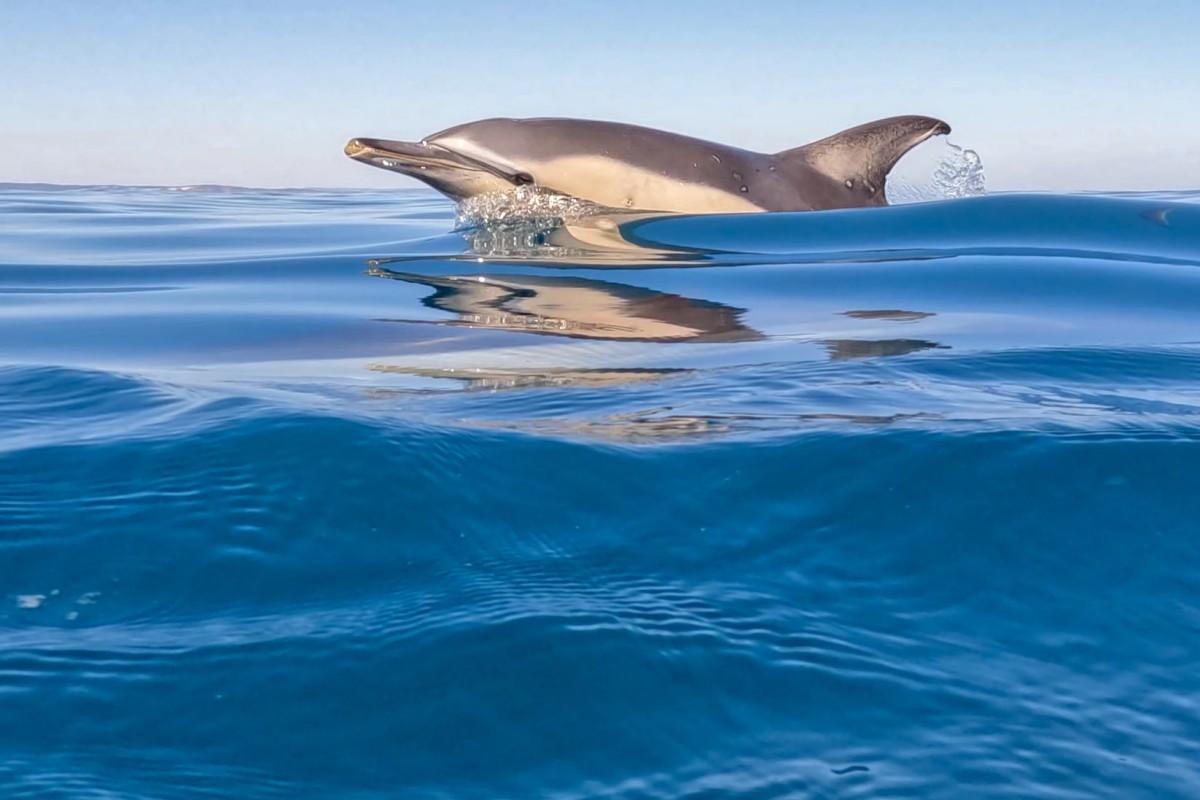
- Name: Common dolphin
- Scientific name: Delphinus delphis
- Conservation status:
The common dolphin is, as its name suggests, the most abundant cetacean in the world, with a global population of about 6 million individuals! It can be found all around the coastal waters of the world, and all around the British Isles.
This dolphin particularly likes warm-temperate and tropical waters of the world and feeds on a wide variety of fish and squid. It can dive as deep as 200 m / 660 ft below the surface.
9. Eurasian otter
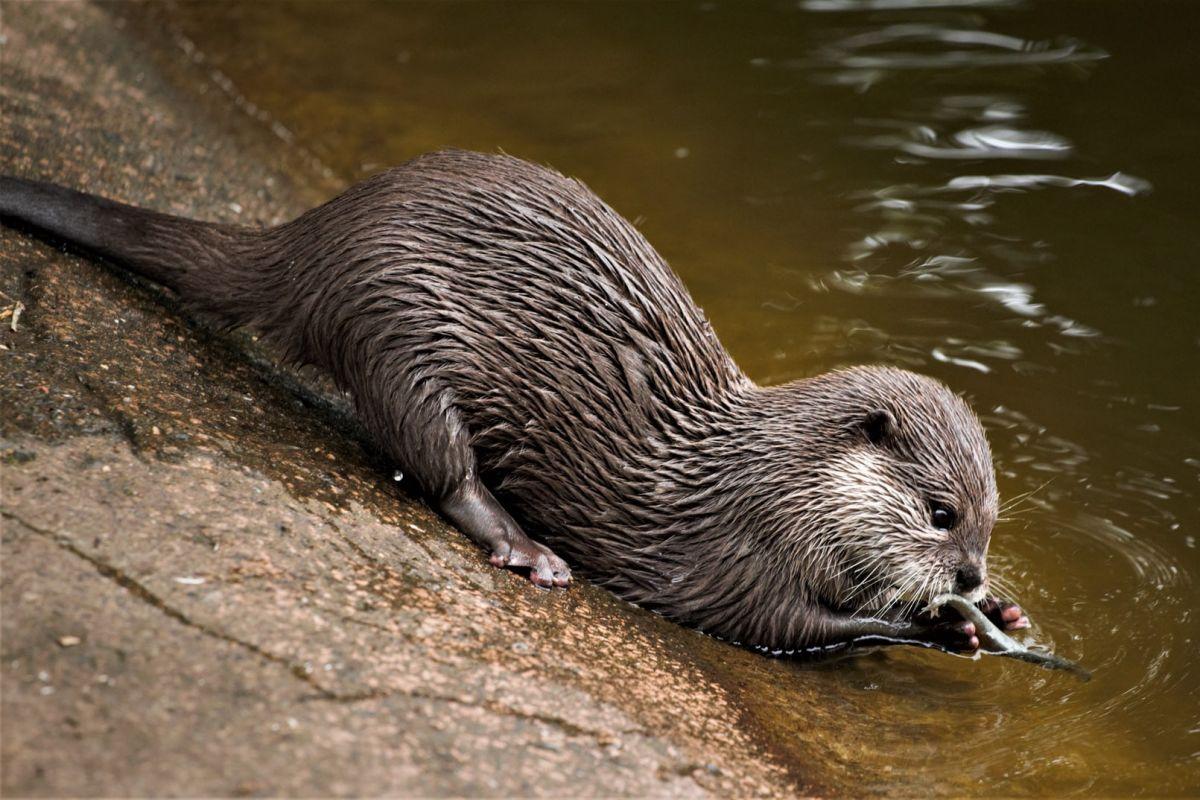
- Name: Eurasian otter
- Scientific name: Lutra lutra
- Conservation status:
The Eurasian otter, also known as the Old World otter, the common otter, or the river otter, is a species of semi-aquatic mustelid found throughout most of Eurasia, as well as in northwestern Africa and Indonesia. It is the most widely distributed mustelid in the world, and can usually be found in waterways and coasts.
This otter largely feeds on fish. During harsh times with cold climates, it also eats amphibians, insects, birds, crustaceans, and small mammals, including young European beavers.
10. Eurasian beaver
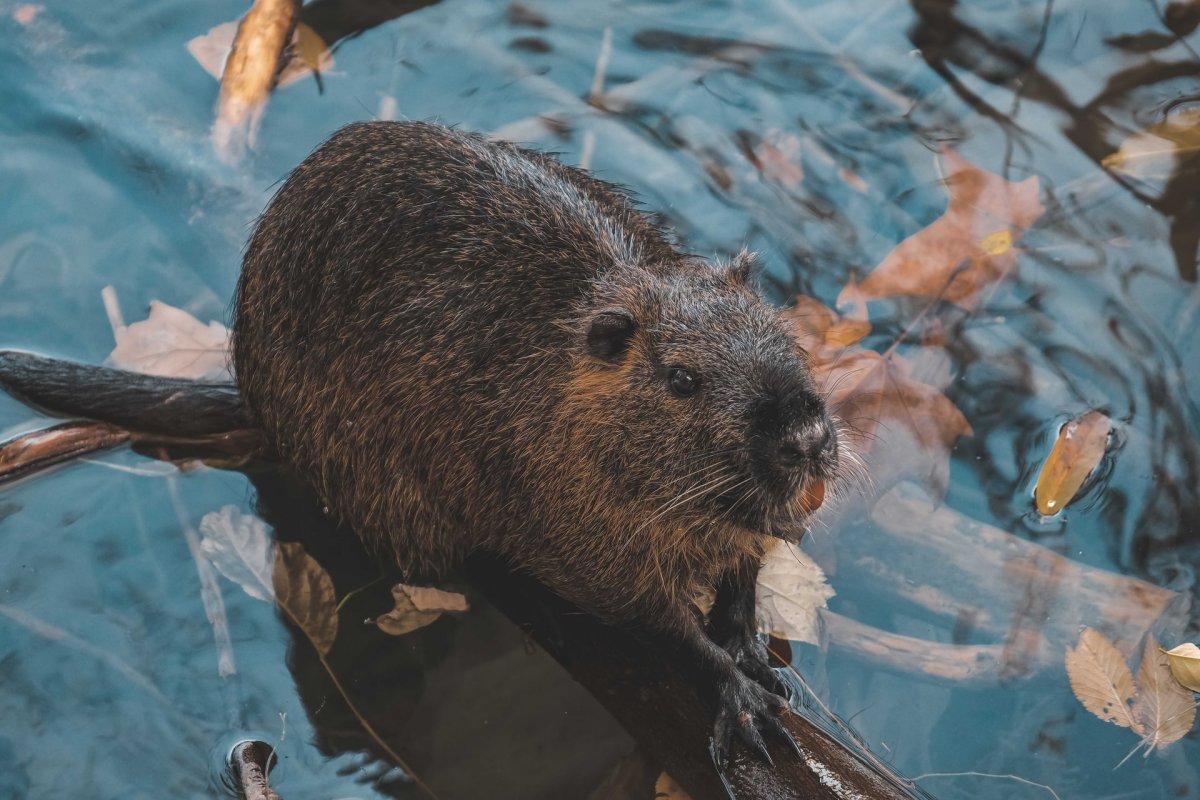
- Name: Eurasian beaver
- Scientific name: Castor fiber
- Conservation status:
Speaking of which, the Eurasian beaver, also known as the European beaver, is a species of mammal found throughout Eurasia. It has been hunted to near extinction for both its fur and castoreum and was extremely rare at the turn of the 20th century; however, reintroduction plans and conservation efforts saved this species, and it is now much more common than it used to be.
6 beavers were released thanks to Natural Resources Wales, in the Dyfi Valley, which was the first official release of the animal within the country.
11. Montagu’s harrier
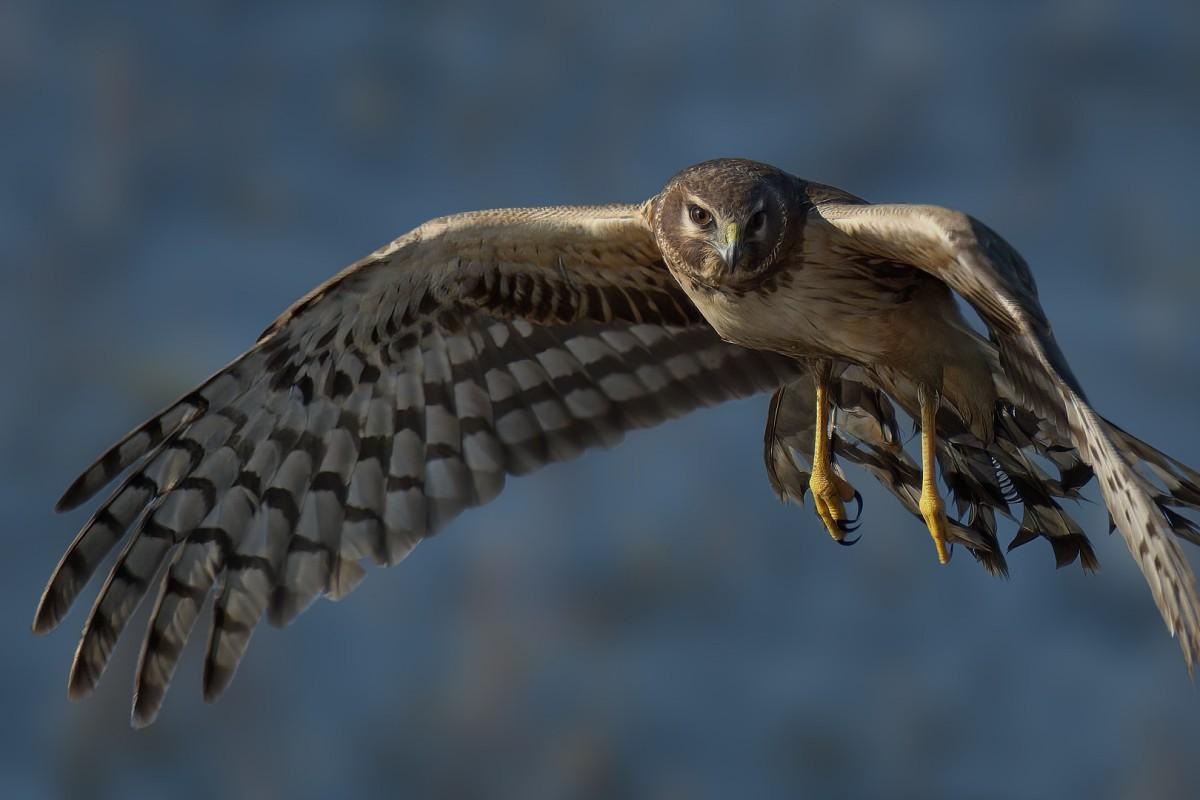
- Name: Montagu’s harrier
- Scientific name: Circus pygargus
- Conservation status:
Montagu’s harrier is a species of migratory bird of prey found in Europe, Africa, and Asia. It is pretty rare in Britain but has several nesting sites in Wales. It is known for its beautiful and graceful flight, and can usually be spotted flying low.
This harrier inhabits the lowlands of Wales, mostly in plains, broad river valleys, and grasslands. It feeds on small rodents, small birds, large insects, bird eggs, and reptiles.
12. Red grouse
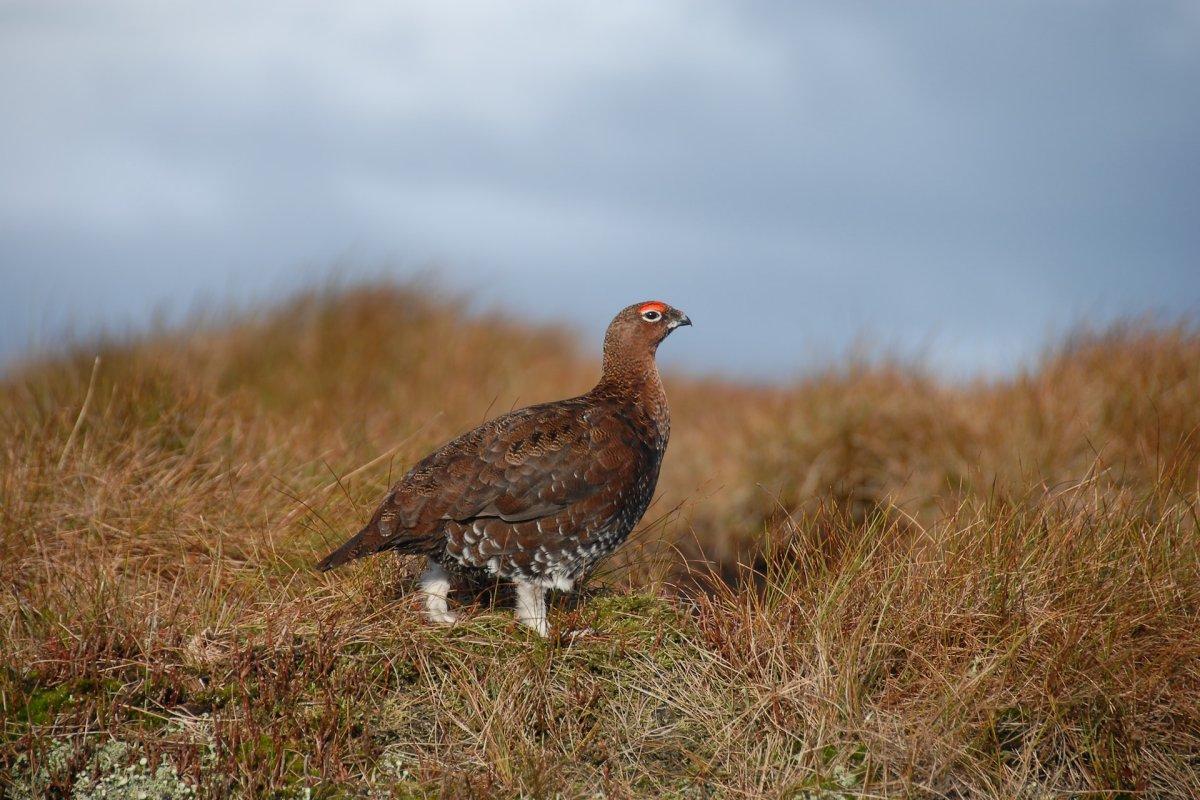
- Name: Red grouse
- Scientific name: Lagopus lagopus scotica
- Conservation status:
The red grouse, also known as the moorfowl, the moorbird, or the moorcock, is a medium-sized species of bird found in Great Britain and Ireland. It is an important symbol there, being featured on a whisky and a journal logo.
There are strong populations of red grouses in Wales, although their range has diminished. Their main strongholds are the Brecon Beacons, the Cambrian Mountains, and Snowdonia.
13. Common toad
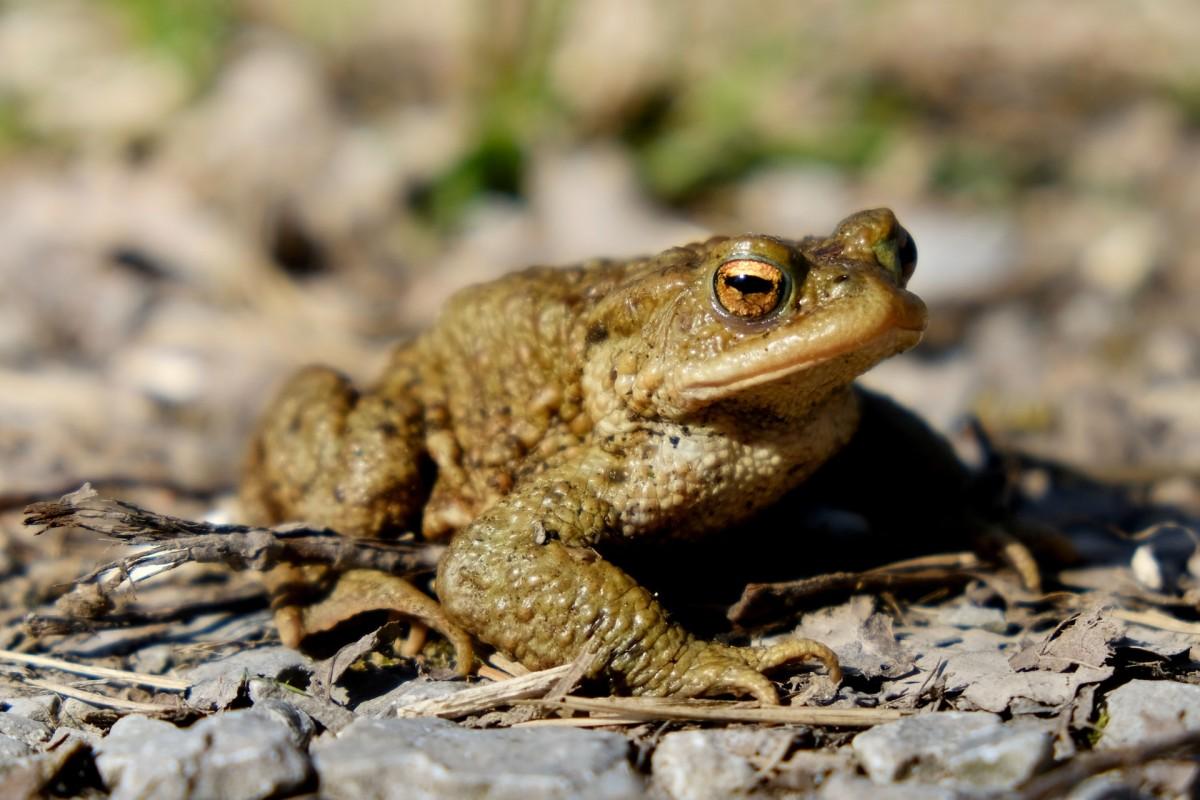
- Name: Common toad
- Scientific name: Bufo bufo
- Conservation status:
The common toad, also known as the European toad or simply the toad, is a species of frog found throughout most of Europe, but also in northwestern Africa and western and central Asia. It hides during the day, and emerges at night, looking for invertebrates to feed on.
Generally solitary, the common toad gathers in large numbers in breeding ponds during the mating season. Although considered of least concern, it is threatened by habitat loss and roadkill.
—
So there you have them, these were my 13 wild animals in Wales. I hope you enjoyed this list and that you learned something new today.
In case you want to learn more about the animals that live in Wales, feel free to keep reading, as I still have lots of things to tell you about:
Endangered Animals of Wales
This is definitely the saddest part of the list, but it is very important to raise awareness. Because of this, let’s go through the list of endangered animals in Wales.
Here are the animals in danger of extinction in Wales (including the rest of the United Kingdom as well).
- Houting
- Great auk
- Sociable lapwing
- Kemp’s ridley sea turtle
- Atlantic sturgeon
- North Atlantic right whale
- Balearic shearwater
- and 13 more…
- Shortfin mako
- Undulate skate
- Angular roughshark
- European rabbit
- Blue whale
- and 15 more…
To see the full list of endangered species in Wales, head over to the International Union for Conservation of Nature’s Red List.
What is the National Animal of Wales?
The official animal of Wales is the red dragon.
Just like Scotland and its unicorn, Wales chose the red dragon, another mythical animal, to embody it. It has been featured on the country’s flag for centuries and is still used today (in fact, it could be the oldest national flag still in use).
The red dragon most likely comes from Arthurian legends, where Merlin envisioned a fight between a red dragon, which represents the Welsh, and a white dragon, which embodies the invading Saxons.
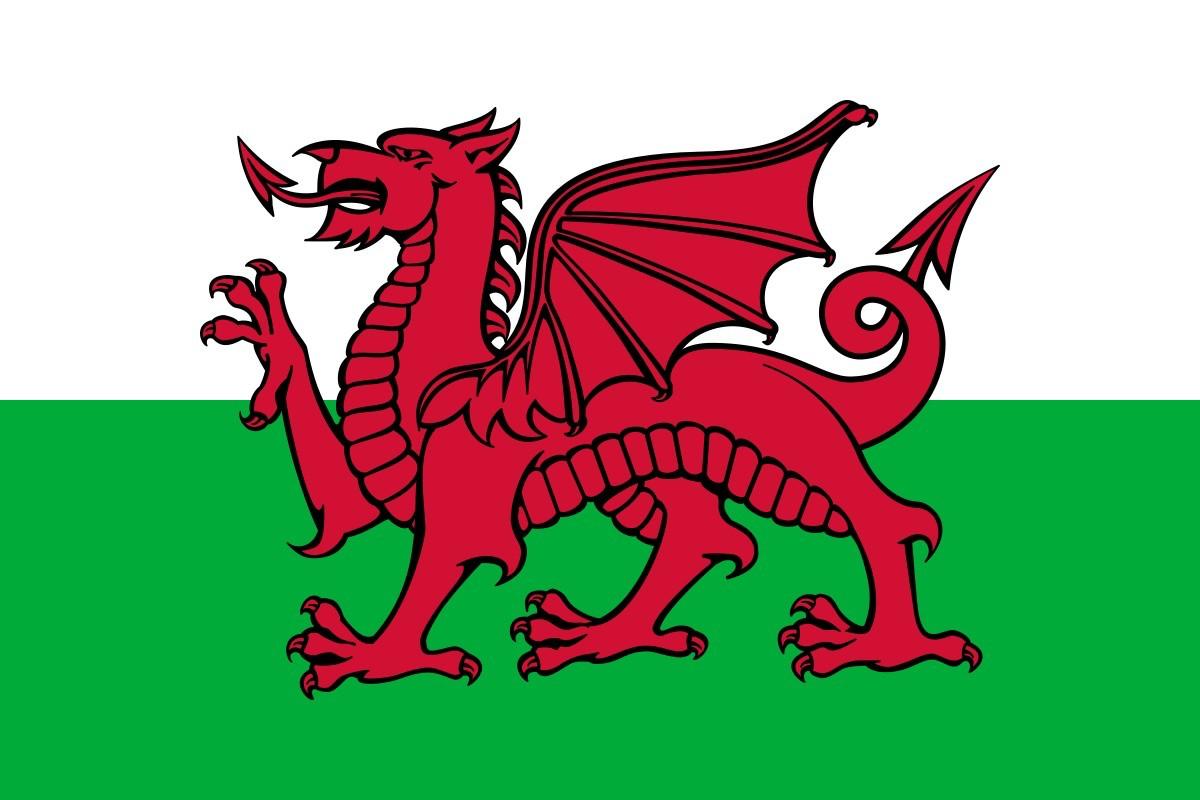
How Many Animals Native to Wales?
What is the diversity of native animals in Wales?
Let’s look at the total number of species of Chordata (mammals, birds, fishes, and reptiles).
Total number of animal species in Wales: 1,269 (3,149 in total in Europe)
More About Animals in the World!
Loved these Wales animal facts? Want to see what animals live in other countries?
Then check out these posts:
- Wild Animals in the United Kingdom
- Wild Animals in England
- Wild Animals in Scotland
- Wild Animals in Northern Ireland
Or click here to see ALL the facts up on the blog! Spoiler alert: there’s A LOT of them.
Share the knowledge! Click on the buttons below to share information about these famous animals in Wales with your friends, and help them learn more about the world 🙂
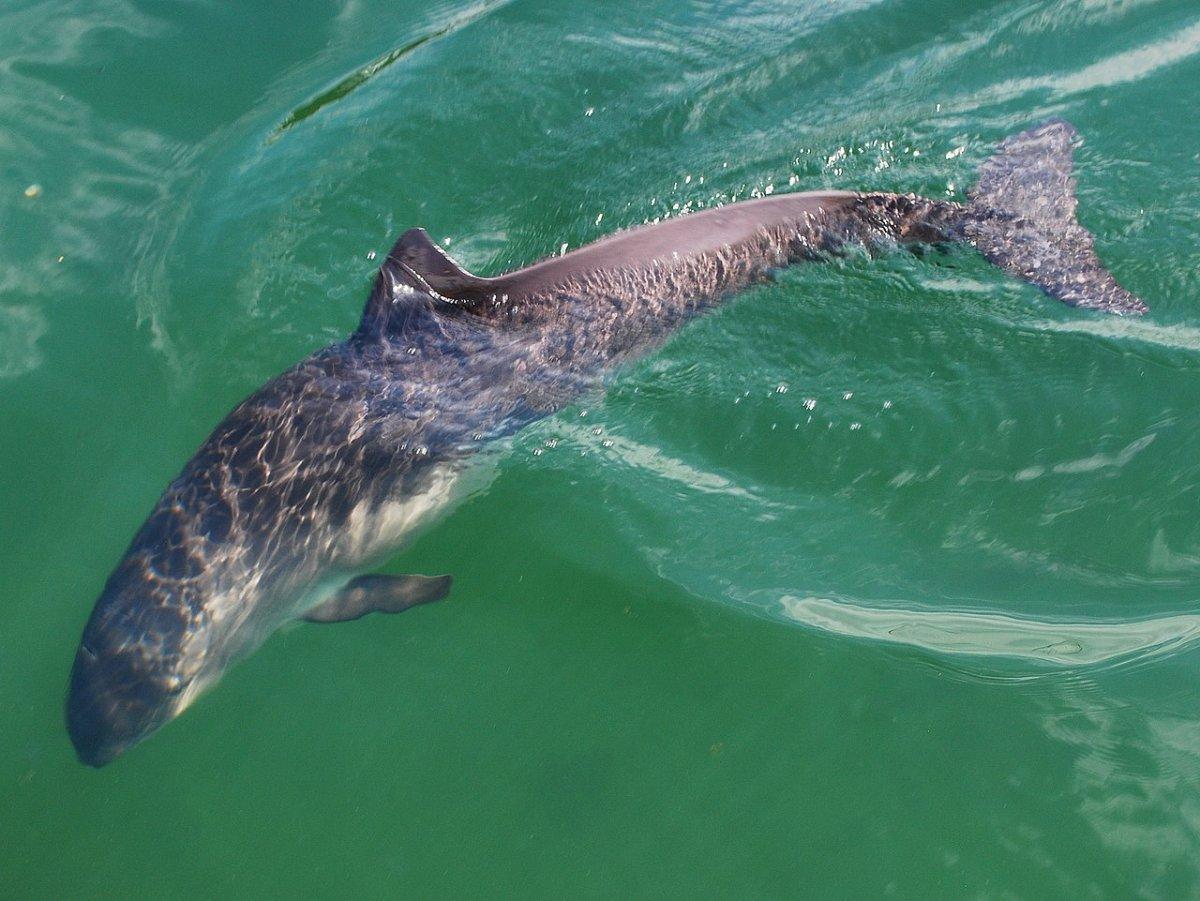
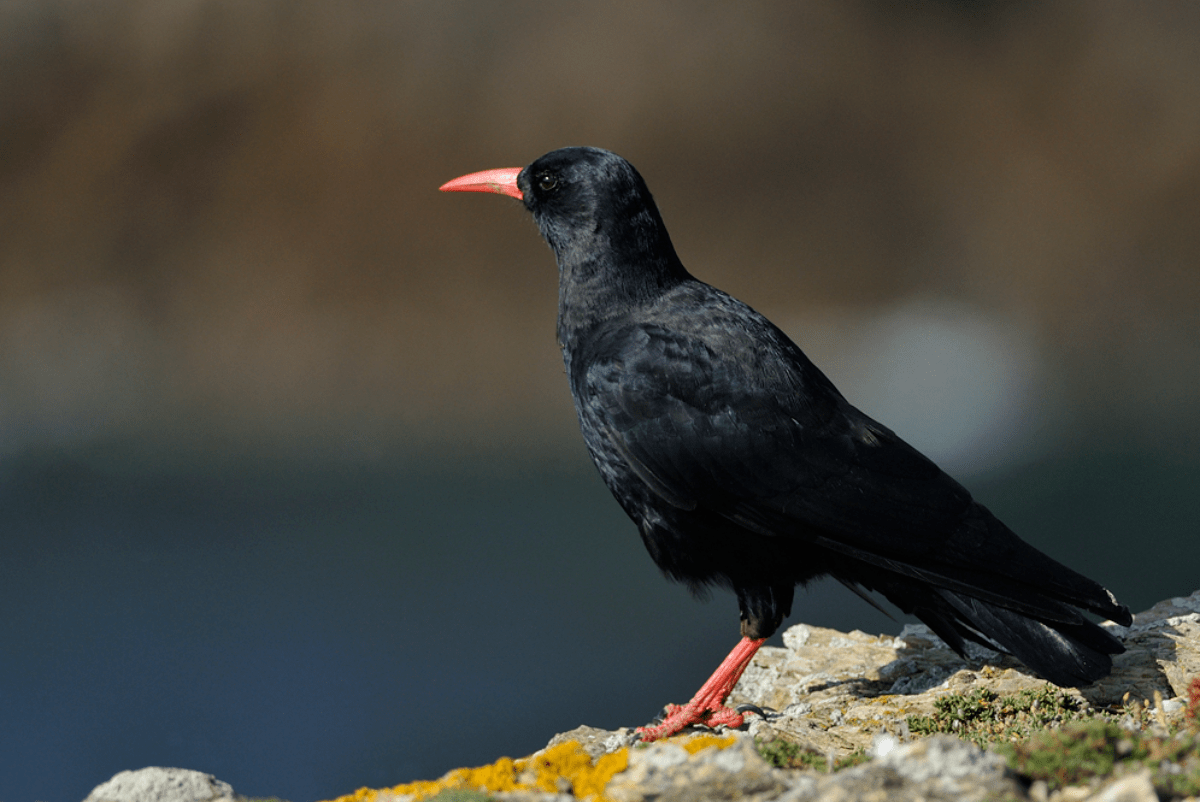

![21 Wild Animals in Montenegro [Wildlife in Montenegro]](https://www.kevmrc.com/wp-content/uploads/2022/06/21-wild-animals-in-montenegro.jpg)
![27 Wild Animals in France [Wildlife in France]](https://www.kevmrc.com/wp-content/uploads/2022/06/27-wild-animals-in-france.jpg)
![14 Wild Animals in Argentina [Wildlife in Argentina]](https://www.kevmrc.com/wp-content/uploads/2022/06/14-wild-animals-in-argentina.jpg)
Kevmrc travel is so cool and its so helpful
Cool that sounds very cool
I am at the moment doing a country study with my country being Wales, and as I mentioned in my last comment this will really help me out, so thank you a lot Kevmrc Travel. Thanks a lot
This will really help me out, so thanks a lot kevmrc travel